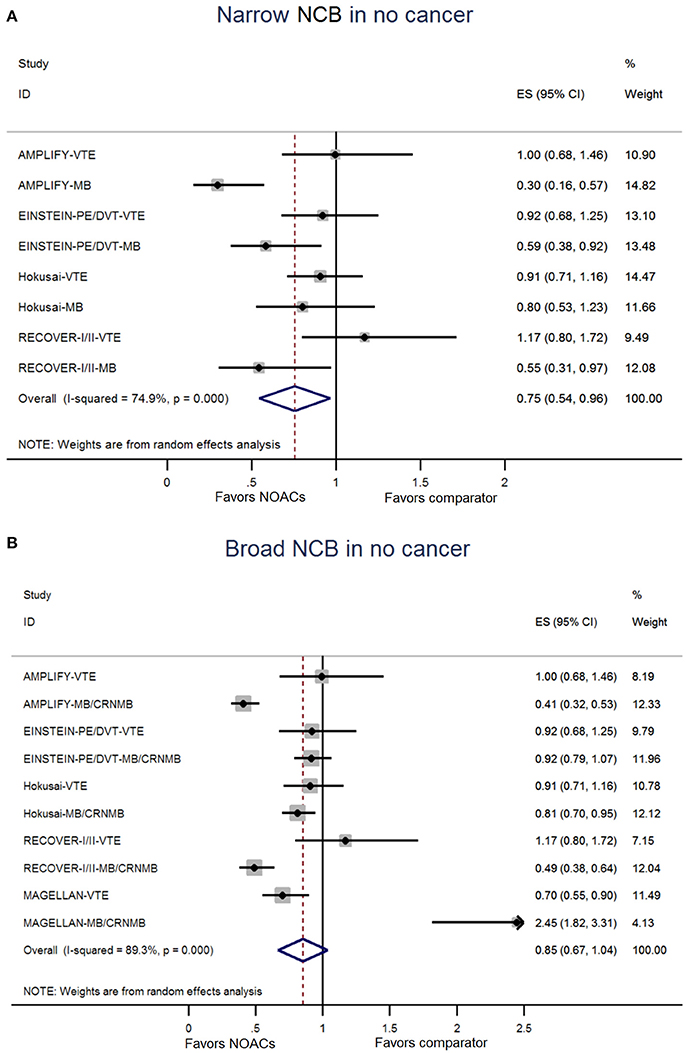

Management is difficult, and appropriate warfarin doses frequently are achieved after a period of trial and error. However, precise control of the coagulopathy is frustrated by alterations in metabolism, drug-drug interactions, and dietary sources of vitamin K 1. Warfarin is used to induce a therapeutic coagulopathy for a variety of conditions.

Warfarin exerts its anticoagulant effect by inhibiting vitamin K epoxide reductase and, to a lesser extent, vitamin K reductase. Vitamin K is recycled to its active form (vitamin K 1 or phytonadione) by a series of enzymes-vitamin K epoxide reductase and vitamin K reductase. Vitamin K is a cofactor for the activation of vitamin K-dependent coagulant proteins (prothrombin, factor VII, factor IX, and factor X) and the regulatory anticoagulant proteins (protein C and protein S). It is used to reverse the coagulopathy of warfarin and superwarfarin rodenticides. Emergency physicians can educate each other and their referring primary care physicians about this antidote. It is surprising how few physicians understand the role a simple oral dose of vitamin K can play in this situation. At the hospital, the patient encounter is preceded by a phone call to the ED physician by the referring physician explaining the referral. The INR is 9.0 and the private physician instructs the patient to go to the emergency department (ED) for a repeat INR and evaluation for bleeding complications. The patient is at home, usually asymptomatic. Special Feature Reversal of Anticoagulant Effects of Warfarin by Vitamin K 1Ĭonsider the following scenario: an elevated internationalized normalized ratio (INR) is called to a physician’s office as a panic value from the laboratory.


 0 kommentar(er)
0 kommentar(er)
